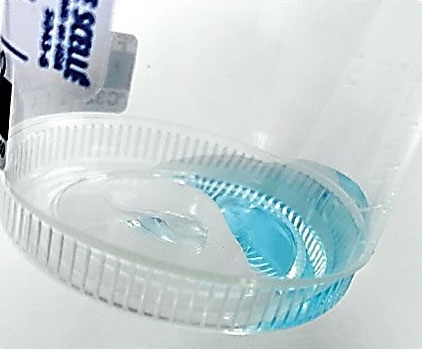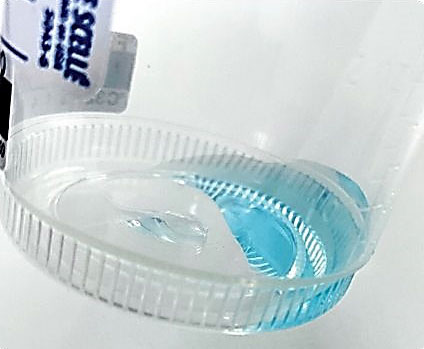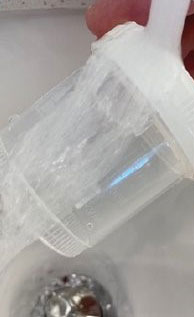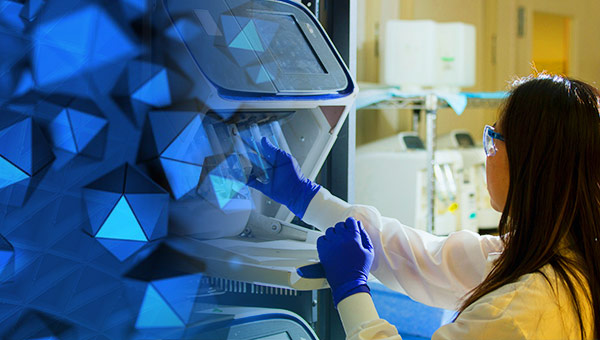Jacob Donnelly, M.D., Pathology Resident, Jasper Zheng, M.D., Pathology Resident
Anna Romanelli, Ph.D., Medical Director of Clinical Microbiology Laboratory
Introduction:
It is a foundational principle for any laboratory test procedure that the value of the test heavily relies on using specimens that have been properly collected, labelled, handled or stored prior to and during the testing process. Microbiological tests are not as standardized as some other lab tests; the way in which a sample is processed and the results are interpreted depends heavily on the information provided with the specimen. Erroneous results as a result of specimen mis-management can affect patient care and outcomes, as well as hospital infection control, patients’ length of stay in the hospital, costs and laboratory efficiency. The initial collection of samples for microbiology testing is critical, since errors that occur at this stage cannot be corrected at a later time, and since mistakes require collection of new specimens.
The focus of this lab best practices blog is to review the appropriate specimen collection and processing for Acid Fast Bacilli (AFB) smear and culture testing. Both AFB smear and culture tests are performed at the Sacramento County Public Health Department.
AFB smear microscopy refers to the quick and inexpensive microscopic examination of clinical specimens using a fluorochrome stain. One must take note that smear microscopy is unable to differentiate among different species of Mycobacteria, and it is also unable to detect the viability of bacilli. Furthermore, few other organisms can be stained even when using staining methods specific to mycobacteria, such as Nocardia spp.
The AFB culture refers to the process of inoculating a clinical specimen onto culture media; including Becton-Dickinson Mycobacteria Growth Indicator Tubes (B-D MGIT broth) and a Lowenstein-Jensen (L-J) media slant. It is then incubated at 37°C for up to six weeks. Lastly, it is examined for growth or no growth.
Methodology:
- AFB smear - fluorochrome staining
- AFB culture - B-D MGIT system and conventional culture media.
Specimen Collection
Specimen Source(s):
- UCD Health Systems
- Hospital Based Clinics / HBC
- Physician Clinics Network / PCN
- Others
Materials:
- Parafilm
- Sterile containers
- Small and large plastic biohazard bags
- Biohazard stickers
Acceptable Specimen Type(s):
- Sputum
- Bronchial Washing
- Pleural Fluid
Sputum:
- Specimen/Sputum collection best practice for initial diagnosis of tuberculosis:
- Early morning, deep cough specimen, three (3) consecutive days collection.
- A minimum of eight (8) hours must be allocated between specimens if sputum is collected within the same 24-hour period,
- Minimum acceptable specimen volume: two (2) mL
- Refrigerate until transported
Bronchial Washing:
- Preferred minimum acceptable volume: two (2) mL
- Refrigerate until transported
Pleural Fluid:
- Preferred minimum volume: two (2) mL
- Refrigerate until transported

Unacceptable Conditions:
- Specimens that are not labeled with the patient name or identifier.
- Clinical specimen collected within eight hours of previous specimen.
- Clinical specimen received greater than three (3) days from collection.
- Specimen leaking on arrival.
- Insufficient specimen volume (less than 2 mL).
- Interfering Substances
Result Report Timing
- AFB smears are reported within 24 hours of receipt
- AFB cultures are reported:
(a) when growth occurs and identification is made
or
(b) at 7th weeks when no growth occurs
Possible Results:
AFB Smear:
Number of AFB observed at 100x magnification:
1+ (Rare) = 1-9 / 100 fields
2+ (Few) = 1-9 / 10 fields
3+ (Moderate) = 1-9 / field
4+ (Many) = greater than 1-9 / field
AFB Not Found
Smear Not Performed
AFB Culture:
- Identification of Mycobacteria species
- No growth of Mycobacteria after 6 weeks
- Unsatisfactory
Patient instructions:
Collection of Sputum/Phlegm/Saliva Sample
Please carefully follow the steps below.
- Gargle with water immediately prior to obtaining a sputum specimen to reduce the number of oral bacteria. Do not use a mouthwash or any other gargle.
- Open the lid of the container.
- Try coughing as strong as you can while holding the tissue over your nose and mouth.
- When you are ready to spit, do it into the cup/vial, spitting any phlegm with saliva. If you are not able to produce any phlegm while coughing, spit saliva into the cup/vial.
- Press the rim of the specimen container under the lower lip to catch all the expectorated or coughed sputum.
- Cough deeply and expectorate sputum (not saliva) into the cup.
- Close the lid securely and notify your caregiver that your specimen is ready for transport to the laboratory.
NOTE: To have enough sample, it is permitted to spit multiple times into the container. Spitting 2-3 times into the container should provide enough material for testing.

Close the cap by following instructions in the next step to secure your cup/vial.
Please note: If lid comes off and there is leakage, we will destroy the sample for the safety of our lab technicians and your sample will NOT be processed.
Cup Instructions
- If possible, rinse outside of sterile container to remove any excess sputum/ saliva. Allow time for drying.
- Secure sample container lid / make sure it is sealed with strip of Parafilm
- Place individual specimen in corresponding individual small / large biohazard bag
- Include the copy of order slip with each specimen (order slips are to be placed in the biohazard order slip pocket)


- After sample is secure, wash hands thoroughly
Resources:
- Grant, Lindsay R, et al. “Procedures for Collection of Induced Sputum Specimens from Children.” Clinical Infectious Diseases : an Official Publication of the Infectious Diseases Society of America, Oxford University Press, Apr. 2012.
- “How to Collect and Ship COVID-19 Samples.” MicroGen Diagnostics, 28 Apr. 2020.
- “Acid-Fast Bacilli (AFB) Smear and Culture.” Acid-Fast Bacilli (AFB) Smear and Culture | State Public Health Laboratory | Health & Senior Services.
- “Header.” ISDH: Sputum Collection.



